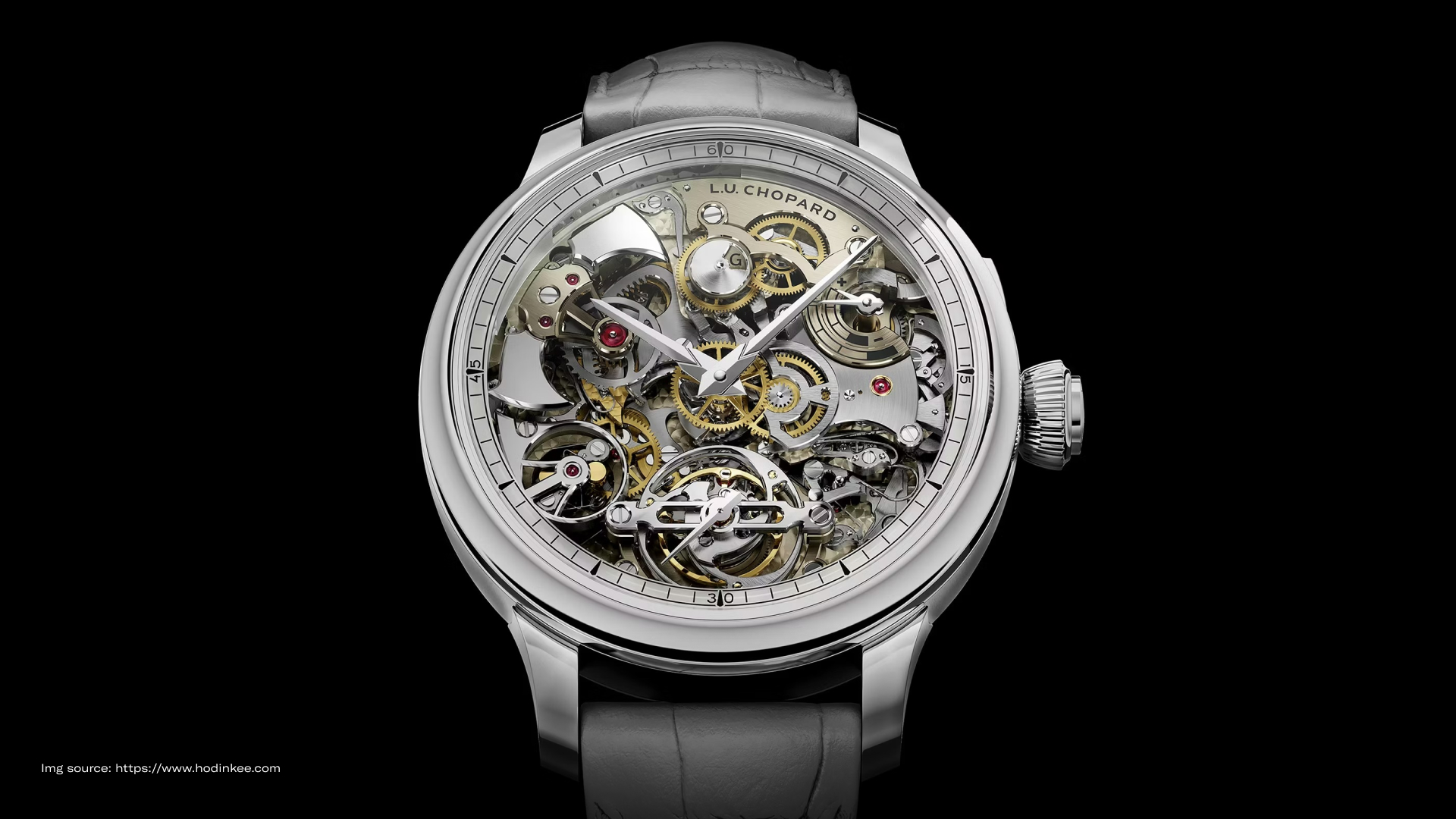As a renowned watch brand, Omega has introduced numerous innovations, with the Co-Axial Escapement standing out as one of its most remarkable advancements. This unique technology is not commonly found in other watch brands.
Are you eager to learn more about this groundbreaking mechanism? In this article, we’ll dive into the details of the Omega Co-Axial escapement. Let’s explore!
Table of Contents
ToggleWhat is an Escapement?
An escapement is a crucial component in a mechanical watch or clock that regulates the release of energy from the mainspring to the gear train, allowing the watch to keep accurate time.
Its primary function is to convert the continuous motion of the mainspring into a controlled, measured movement, providing the rhythmic ticking sound characteristic of mechanical timepieces.
The escapement consists of several parts, including the escape wheel and the pallet fork. As the escape wheel turns, it engages with the pallet fork, which briefly locks and then releases the wheel in a precise manner.
This action not only helps maintain a consistent pace for the movement but also provides the energy needed to drive the timekeeping elements of the watch.
By ensuring that the gear train advances in measured increments, the escapement plays a vital role in the overall accuracy and reliability of a mechanical timepiece.
Introduced in 1999, this innovative technology was designed to enhance the accuracy of mechanical watches while minimizing the friction that often hampers traditional escapements.
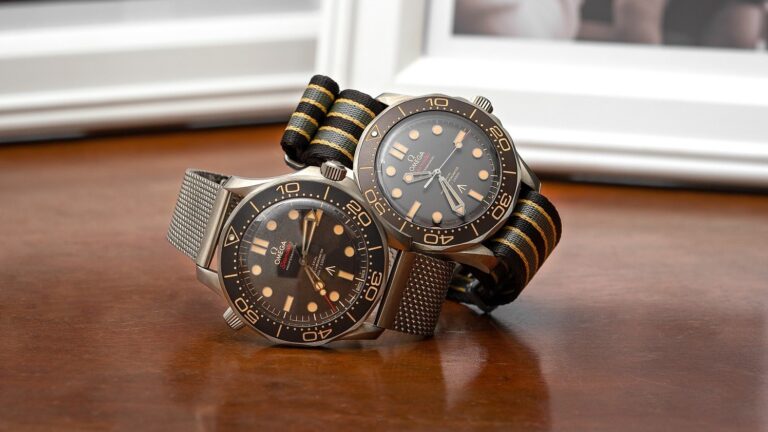
The Evolution of the Omega Co-Axial Escapement
As we delve deeper into the origins and advancements of the Co-Axial escapement, it’s essential to understand the historical context and the visionary mind behind this innovation.
Birth of the Co-Axial Escapement
The birth of the Co-Axial escapement can be traced back to the visionary work of British watchmaker George Daniels in the 1970s. Recognizing the limitations of traditional escapement designs, which often suffered from friction and wear, Daniels sought to create a more efficient mechanism.
His innovative idea led to the development of the Co-Axial escapement, a groundbreaking design that utilized a unique dual-coil system to minimize friction, enhance accuracy, and extend the longevity of mechanical watches.
In 1999, Omega became the first major watch manufacturer to adopt Daniels’ Co-Axial escapement, integrating it into their timepieces as part of their commitment to innovation and precision.
This collaboration marked a significant turning point in horology, as it combined traditional craftsmanship with modern engineering.
The introduction of the Co-Axial escapement not only set a new standard for Omega watches but also revolutionized the entire watchmaking industry, inspiring other brands to explore similar technologies.
Today, the Co-Axial escapement stands as a testament to Omega’s dedication to excellence and innovation in the art of watchmaking.
How the Co-Axial Escapement Works
The Co-Axial escapement functions differently from traditional mechanical timepieces. Unlike traditional escapements that rely on a simple gear system, the Co-Axial escapement employs a unique design featuring a dual-coil mechanism, significantly reducing friction and improving efficiency.
This innovative approach allows for a more consistent transfer of energy from the mainspring to the gear train, resulting in better timekeeping accuracy and longer intervals between maintenance.
In this article, we will delve into the intricacies of how the Co-Axial escapement works, exploring its key components and the advantages it brings to horology.
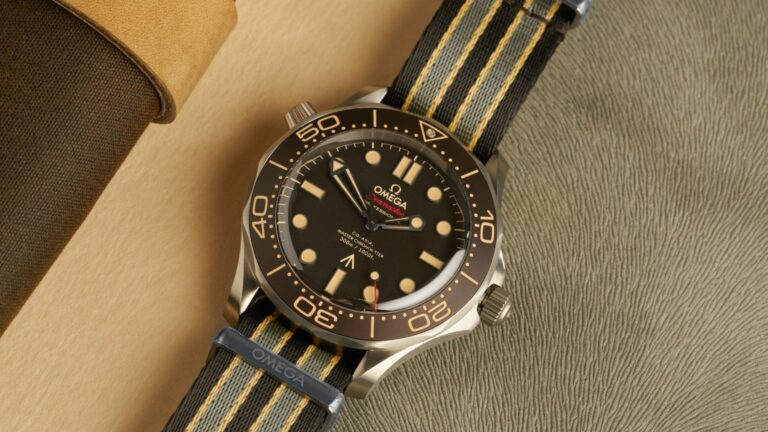
Comparison with Traditional Lever Escapement
The Co-Axial escapement and the traditional lever escapement represent two different mechanisms in mechanical watches.
While the traditional lever escapement uses a pallet fork and escape wheel to regulate energy release, relying on lubrication to minimize friction, the Co-Axial escapement features a unique dual-coil design that significantly reduces friction and enhances energy transfer.
This innovation allows the Co-Axial escapement to provide improved accuracy and extended intervals between maintenance compared to its traditional counterpart.
Overall, the Co-Axial escapement marks a significant advancement in watchmaking, offering superior performance and longevity in mechanical timepieces.
Benefits of the Co-Axial Escapement
The Co-Axial escapement offers a range of practical benefits that extend beyond its technical superiority, providing real-world advantages for watch owners.
Practical Benefits for Watch Owners
The Co-Axial escapement offers several practical benefits to watch owners. It reduces the need for servicing by minimizing wear and tear on the parts, leading to longer service intervals.
Additionally, the elimination of lubrication requirements enhances the stability of the watch’s rate over time, contributing to greater precision and reliability.
Key Models Featuring Co-Axial Escapements
The true testament to the success of the Co-Axial escapement lies in its adoption across various iconic Omega models, each showcasing the technology’s reliability and precision.
1. Omega Seamaster
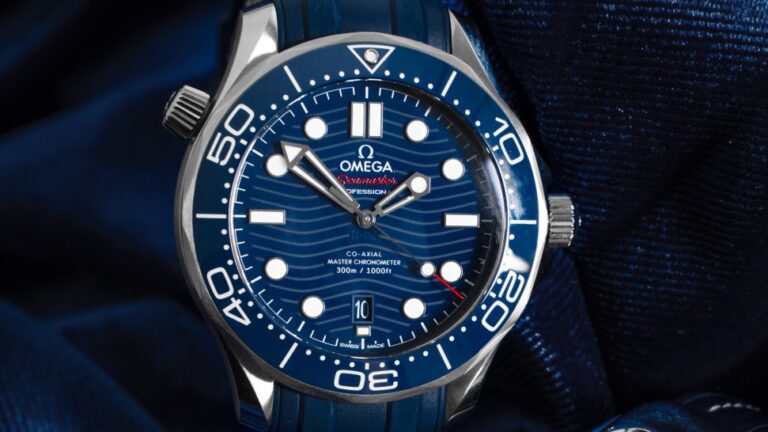
By incorporating the Co-Axial escapement into the Seamaster collection, Omega aims to improve the watch’s precision and reliability.
The Co-Axial technology reduces friction between moving parts, resulting in more accurate timekeeping and less frequent maintenance compared to traditional escapements.
This is especially important for divers and adventurers who rely on their timepieces in demanding conditions.
Omega’s plan to equip the Seamaster with the Co-Axial escapement reflects the brand’s dedication to blending innovative technology with its rich maritime heritage.
This integration not only reinforces the Seamaster’s reputation as a high-performance dive watch but also showcases Omega’s commitment to advancing horological excellence while preserving the timeless appeal of its classic designs.
2. Omega Speedmaster
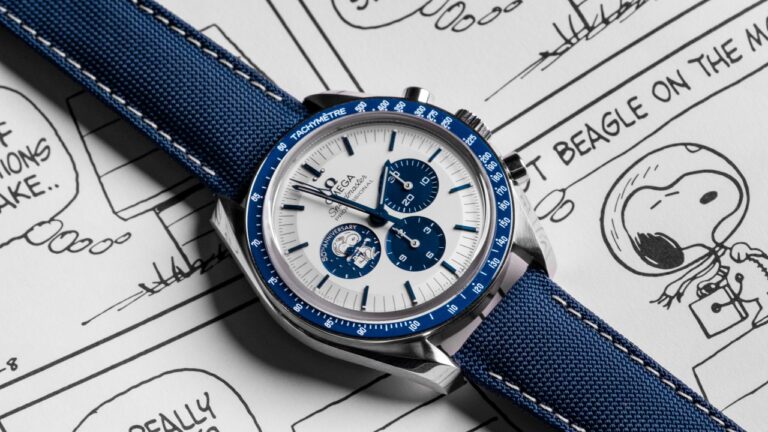
The Omega Speedmaster, famously known as the “Moonwatch” due to its role in NASA’s Apollo missions, is one of the brand’s most iconic timepieces.
Initially powered by traditional mechanical movements, the Speedmaster has evolved over the years, incorporating Omega’s cutting-edge innovations, including the Co-Axial escapement.
Omega introduced the Co-Axial escapement to the Speedmaster lineup as part of its broader plan to enhance the performance and precision of this legendary model.
The addition of the Co-Axial escapement has allowed the Speedmaster to benefit from reduced friction, improved timekeeping accuracy, and extended maintenance intervals.
This modernized version of the Speedmaster retains its classic design while offering enhanced reliability, making it even more appealing to both collectors and new watch enthusiasts.
3. Omega Constellation
In recent years, Omega has also integrated the Co-Axial escapement into the Constellation line, enhancing its performance and longevity.
This innovative escapement reduces friction between moving parts, improving accuracy and extending the time between servicing.
The combination of classic design with modern technology makes the Omega Constellation a highly sought-after watch, appealing to both traditional watch enthusiasts and contemporary collectors.
In summary, the Omega Co-Axial escapement represents a remarkable advancement in the field of watchmaking, showcasing Omega’s commitment to precision, innovation, and durability.
As watch enthusiasts and collectors appreciate the fusion of traditional craftsmanship with modern engineering, the Co-Axial escapement solidifies Omega’s position as a leader in horology.
If you’d like to experience this innovative technology firsthand, consider adding an Omega watch to your collection.
You can find the finest selection of Omega watches at Luxehouze, where every item is guaranteed to be 100% authentic and offered at the best prices. Visit Luxehouze today!











